Vinyl siding was introduced to the overseas market in the late 1950s as a replacement for aluminum siding. It was first produced by an independently owned manufacturing plant called Crane Plastics in Columbus, Ohio. In addition, vinyl remains the most popular type of household siding today. The process was originally carried out by monoextrusion, a process of forming the profile from a single material in the desired shape and size.
At that time, color mixing was done manually. As a building material, vinyl siding is relatively new, it was introduced in the late 1950s as a substitute for aluminum siding. But its reputation was tarnished in the early days when it cracked, faded, bent and sank. However, vinyl plays an important role in our history and modern construction over existing cladding or in a new building.
Starting sometime in the late 1950s and perfected in the 1970s, vinyl (PVC) was a magical product that didn't dent and avoided the pain of preparation, priming and painting. The above formulations caused colors to fade and the product to degrade rapidly by the sun. However, PVC production results in the release of hundreds of thousands of pounds of toxic chemicals into the environment each year. Many European countries rarely use it or it has been phased out due to negative environmental effects.
Vinyl is a polymer that forms during a chemical dosing between ethylene gas and chlorine, which produces a fine white powder called vinyl resin. The bad news is that vinyl siding is harmful to the environment, can reduce the value of your home, and suffers from durability issues. While the lengths of wood (or cement) siding lie at a discrete end, vinyl panels should overlap approximately 1 inch where they meet, resulting in revealing vertical lines. The new virgin vinyl coating has a greater complement of key additives that impart flexibility and resistance to UV degradation.
Now, vinyl siding is considered by many to be one of the best materials and one of the best options for remodeling or new home construction. At first, vinyl siding required a bit of work to get the high quality product it is now. There are few issues in the entire field of residential construction products that draw lines of battle as sharp as vinyl siding. The latest addition, which has quickly become a favorite among builders and homeowners alike, is vinyl siding.
In addition to J-channels, one feature that distinguishes vinyl from other coatings is its overlap. Today, vinyl siding is the number one exterior siding option in the United States and Canada. Then, in the early 1960s, vinyl came out and quickly replaced both wood and aluminum in siding popularity. Many manufacturers say their vinyl siding lasts more than 30 years, but often that's not the case and vinyl usually starts to deteriorate in 10 to 15 years.
Census Bureau statistics show that more homeowners place the side of their homes with vinyl siding than with any other exterior siding. In the following decade, vinyl siding grew steadily largely due to its durability, versatility and ease of maintenance.
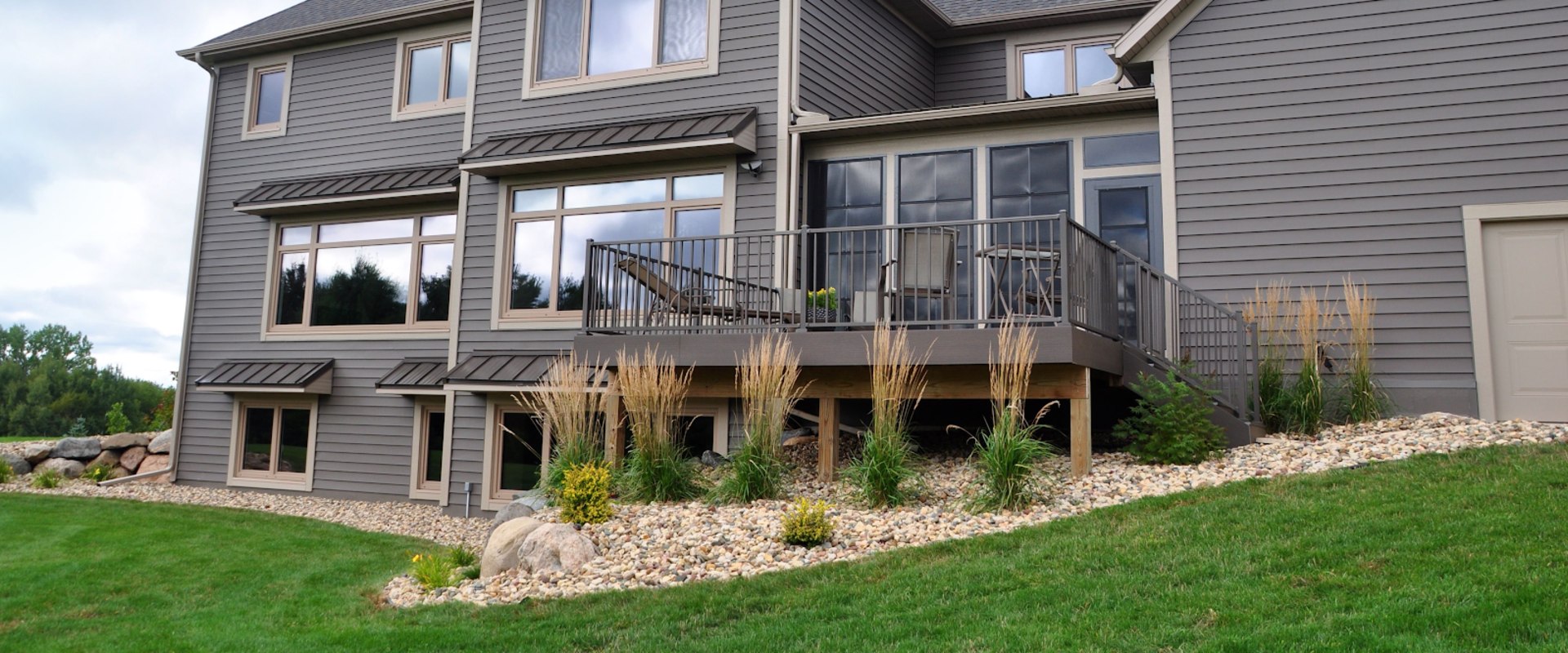
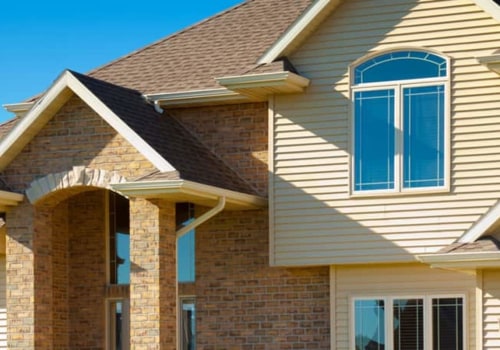
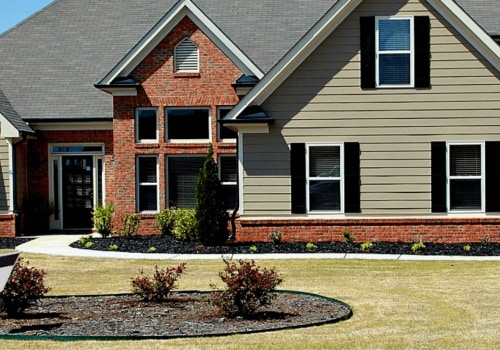
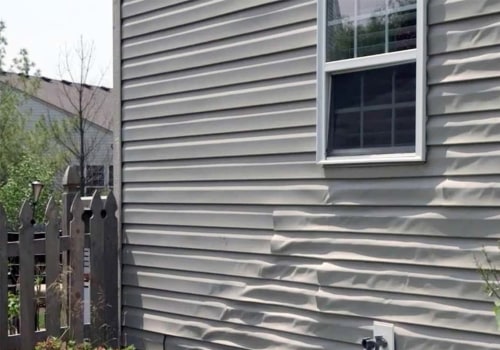
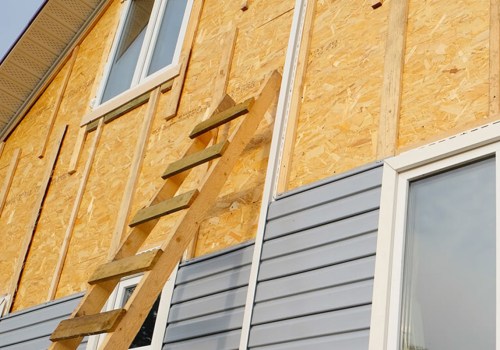
Leave Reply